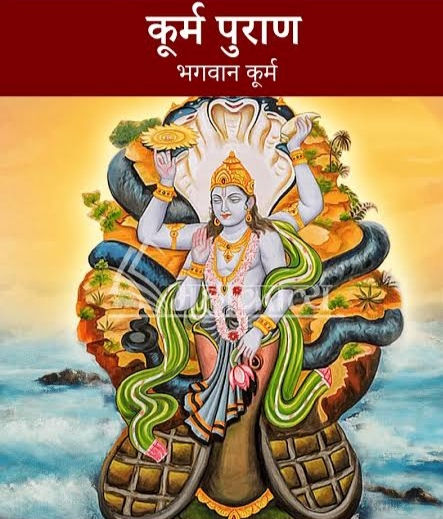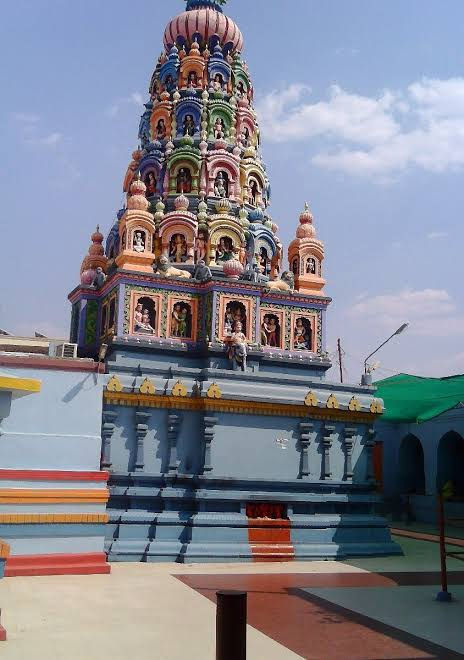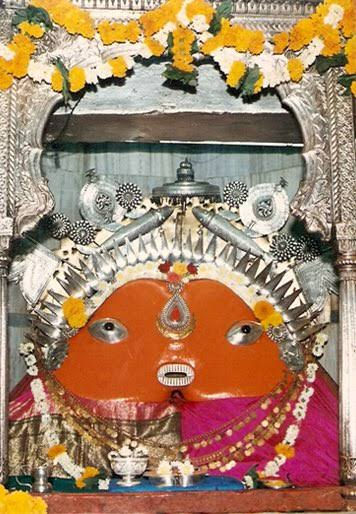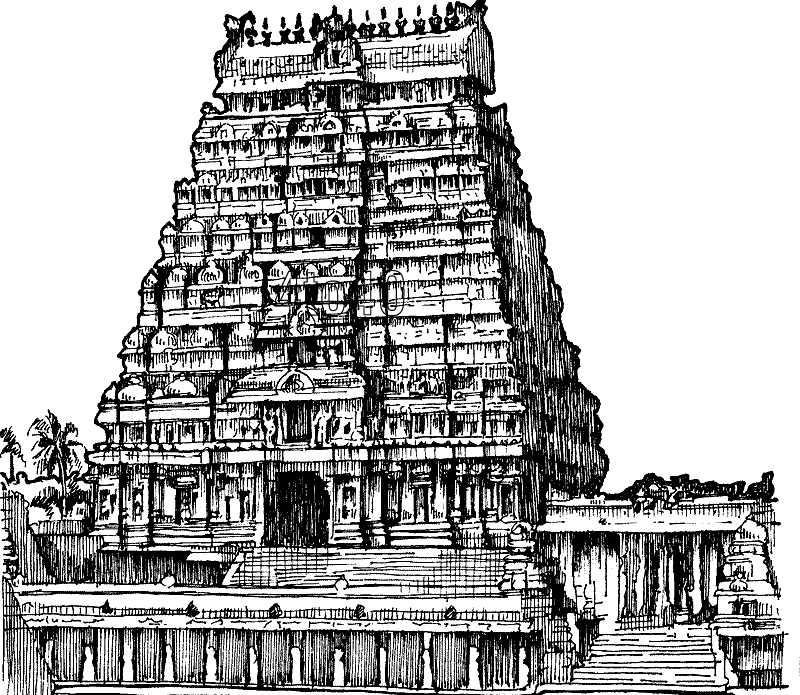LALITHA SAHASRANAMAM # 225
- S Subramaniam
- Aug 14, 2023
- 2 min read
LALITHA SAHASRANAMAM

महाभोगा महैश्वर्या महावीर्या महाबला ।
महाबुद्धिर् महासिद्धिर् महायोगेश्वरेश्वरी ॥ ५५॥
Mahabhoga Mahaishvarya Mahavirya Mahabala Mahabuddhir Mahasiddhir Mahayogeshvareshvari – 55

महायोगेश्वरेश्वरी (225) Mahayogeshvareshvari (225)
Meaning:
Devi is the embodiment of the Highest form of Yoga.
Interpretation;

The Namah consists of three parts : Maha + Yogeshwara + Ishwari. The middle term again consists of two parts Yoga + Ishwara.
The entire Namah can be best understood as to mean, Devi, being the consort of Yogeshwara (Lord Shiva) is the embodiment of Highest form of Yoga. It also means Devi is the controller of all forms of Yogas, the shakti / power of the Yogas and grants such powers to her sadhakas who seek it.

We also come across the term Maha Yogeshwareshwari in Devi Sahasranama Stotram / Himavan's stuti to Parvati. When Devi Parvati informed Himavan that she would be taking birth as his daughter, Himavan expressed his desire to see full swaroopam of Devi. Devi then revealed her full form and Himavan uttered the Omkara mantra and composed the Himavan Stuti or the thousand names of Devi which contain the following verse:
आकाशाय योनिर योग्यता महायोगेश्वरेश्वरी |
महामाया सुदुशरूपा मूल प्रक्रुतीश्वरी ||
Akaashaayoniryogasthaa Maha Yogeshwareshwari
Mahamaya Sudushpura Mulaprakritireeshewari

Quote from Kurma Purana
The origin of the word Yoga / Yogi is not exactly known but the oldest reference is found in the Kurma Purana.
Bhagavan Kurma who described to a gathering of Rishis and Munis that Brahma along with his Manasa Putras performed Parama Tapas or deep meditation. All of a sudden, Brahma experienced that Ishana Rudra appeared from his own face. Brahma worshiped this new form of Mahadeva and addressed him as Yoga:
आनन्दाक्षरम् ब्रह्मा केवलम् निश्कलम् परम्
योगिनसतत् प्रपश्यन्ति महादेवाय परम् पदम्
Anandaaksharam Brahma Kevalam Nishkalam param,
Yoginastat prapashyanti Maha Devyaah param padam

Quote from Skanda Purana
We also find mention of the term Yogeshwari in Skanda Purana.
ईश्वर उवाच ।
ततो गच्छेन्महादेवि तस्य पूर्वेण संस्थिताम् ।
योगेश्वरीं महादेवीं योगसिद्धिफलप्रदाम् ॥
Ishwara (Lord Shiva) said: A devotee / pilgrim desirous of obtaining Yogic powers should go to the shrine of the great goddess Yogesheshwari and worship her. The deity will bestow the fruit in the form of Yogic powers.

Adi Shakti Yogeshwari Temple.
One of the most popular temples dedicated to Yogeshwari is found at Ambajogai in Beed District in Maharashtra, near Parli Baijnath. It's a very ancient temple. The unique feature of this temple is the Tambul Prasad or crushed betel leaf.

Author's Notes
The word Yoga comes from the Sanskrit root “yuj” that means “union, to unite or to connect “ It is the union of the mind, body and spirit. Yoga is a philosophy of life and a state of mind.
Yoga is the practice by which an individual consciousness is merged with the universal consciousness. Those who have attained this state are called yogis.

Yogis are always engaged in meditating the Swarupa of Maha Devi who is Anandamaya (full of Happiness.
Disclaimer: All matters contained in this article are the property of www.templesofasia.com. The opinions expressed in this article are purely that of the author. The author alone is responsible for the accuracy, authenticity, completeness and validity of all the information in the article.




Comments